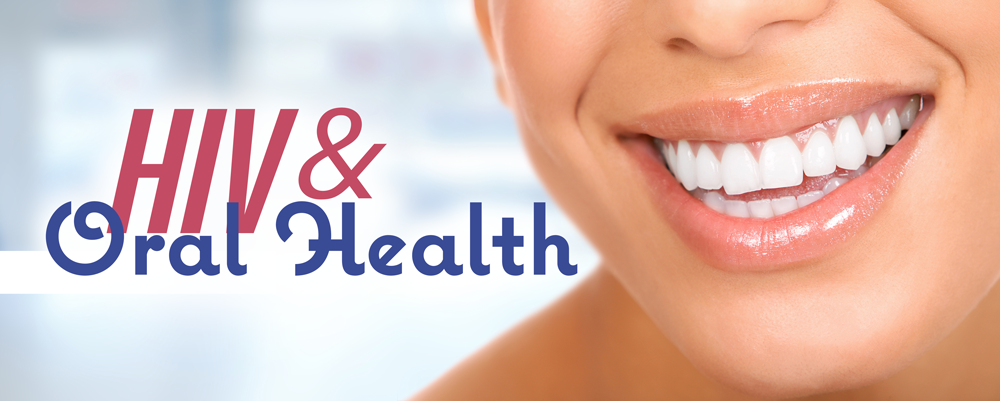
Article: Preventing Oropharyngeal Cancer
By: Mark Schweizer, DDS MPH
Director of Development and Special Projects
Dental Director Southeastern AIDS Training and Education Center
Nova Southeastern University College of Dental Medicine
[email protected]
On March 7,
While HPV DNA detection and HPV serology might be useful in identifying individuals at high risk of oropharyngeal cancer, there are currently no adequate methods to determine the site of HPV-associated oropharyngeal pre-cancer or cancer to target biopsy or treatment, despite ongoing efforts.1,2 HPV 16 is the type present in most HPV-positive non-cervical cancers. 1 HPV16 causes 84% of HPV-associated Oropharyngeal cancers, and the HR HPV types contained in the nine-valent HPV vaccine cause approximately 94%.3 HPV-associated OPC incidence is 4-5 fold higher in males compared to females,4 and two- to three-fold higher among individuals with HIV.5
Despite the associations between HIV and CD4 cell count with HPV-related cancers and pre-cancers, the impact of antiretroviral therapy (ART) on the incidence of HPV-related tumors is uncertain, and it is possible that the impact differs by tumor type. Some studies reported increased rates of oral warts following ART initiation. 6
Overall, whether the burden of HPV-related cancers will decrease or even increase over time is difficult to currently gauge, as the risk of these cancers in individuals with HIV remains high relative to the general population, even if these differences are moderately decreasing. Further, the successful prolongation of life with
For additional
References:
- Epstein JB, Guneri P, Boyacioglu H, Abt E. The limitations of the clinical oral examination in detecting dysplastic oral lesions and oral squamous cell carcinoma. J Am Dent Assoc. 2012; 143(12):1332-1342. Available at: http://www.ncbi.nlm.nih.gov/pubmed/23204089.
- Goodson ML, Sloan P, Robinson CM, Cocks K, Thomson PJ. Oral precursor lesions and malignant transformation–who, where, what, and when? Br J Oral Maxillofac Surg. 2015; 53(9):831-835. Available at: http://www.ncbi.nlm.nih.gov/pubmed/26388071.
- Saraiya M, Unger ER, Thompson TD, et al. US assessment of HPV types in cancers: implications for current and 9-valent HPV vaccines. J Natl Cancer Inst. 2015;107(6):djv086. Available at: http://www.ncbi.nlm.nih.gov/pubmed/25925419.
- Viens LJ, Henley SJ, Watson M, et al. Human papillomavirus-associated cancers – United States, 2008-2012. MMWR Morb Mortal Wkly Rep. 2016; 65(26):661-666. Available at: http://www.ncbi.nlm.nih.gov/pubmed/27387669.
- Beachler DC, Abraham AG, Silverberg MJ, et al. Incidence and risk factors of HPV-related and HPV-unrelated Head and Neck Squamous Cell Carcinoma in HIV-infected individuals. Oral Oncol. 2014; 50(12):1169-1176. Available at: http://www.ncbi.nlm.nih.gov/pubmed/25301563.
- Hamza OJ, Matee MI, Simon EN, et al. Oral manifestations of HIV infection in children and adults receiving highly active
anti-retroviral therapy [HAART] in Dar es Salaam, Tanzania. BMC Oral Health. 2006; 6:12. Available at: http://www.ncbi.nlm.nih.gov/pubmed/16916469.
